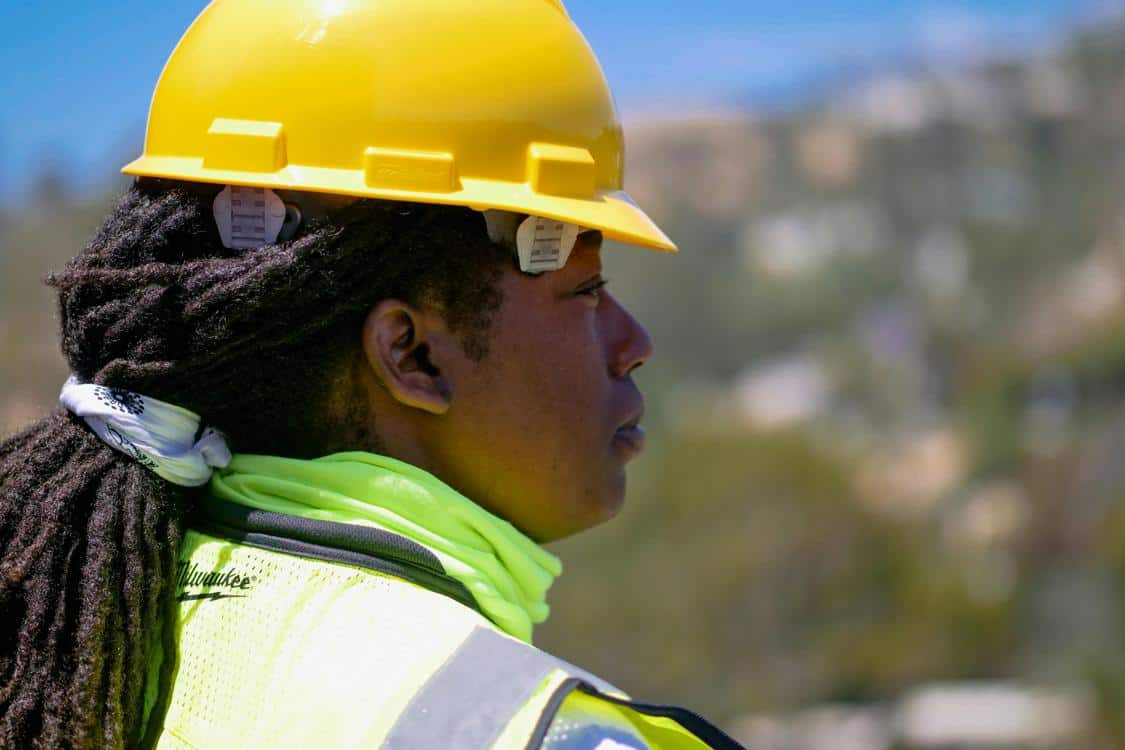The western provinces of Canada (British Columbia, Alberta, Saskatchewan and Manitoba) are commonly known as “Western Canada”. The region is home to world-leading natural resources.
It also offers unique opportunities for land development. However, land developers face many challenges when building in Western Canada. Here are 5 key challenges:.
1. Environmental Regulations
The environmental impacts of land development can have major consequences for the economy. Across Western Canada, there are numerous regulations that must be considered, including those related to waste management, water protection and the use of natural resources. In addition, a wide range of natural features such as wetlands and forests are at risk of being lost to development. This can lead to habitat loss for wildlife species and reduced ecosystem services, such as flood control and water filtration as outlined on Edmonton Review.
The federal government’s constitution provides it with jurisdiction over some types of environmental laws. For example, the Canadian Environmental Protection Act (CEPA) establishes criminal law that regulates the release of toxic substances to land, air and water. There are also sector-specific regulatory bodies that set effluent standards and impose monitoring and reporting requirements on companies such as mining operations, pulp and paper mills and large wastewater systems.
Provincial governments have jurisdiction over other types of environmental laws, such as those related to land-use planning and contaminated sites. For instance, the Environmental Quality Act requires a rigorous process for assessing the impact of a major project on communities and the environment. This includes evaluating whether it can be done safely and if the benefits outweigh the costs.
The act also establishes liability for the owners of contaminated land and gives municipalities the power to prosecute property owners who fail to disclose contamination on their land. In a recent decision, the Ontario Court of Appeal noted that knowledge of possible contamination, such as that obtained through a Phase II environmental site assessment, can qualify as discovery and trigger a duty to inquire. However, this knowledge does not necessarily trigger the onset of a statute of limitations for a contaminated sites tort claim.
2. Geography
With mountainous terrain, forests, and coastal areas, construction in Western Canada presents unique challenges. The region’s environmental regulations often require extensive site inspections and lengthy permitting processes, while the region’s geography can make it difficult to get equipment and materials in and out of project sites. Construction projects in this region also have to navigate a variety of weather conditions, from heavy snowfall in the mountains to rain on the coast.
In addition, the area is rich in natural resources, including oil and gas, mineral ores, and agriculture. The vast majority of the provinces’ land is suitable for agricultural use, with wheat farming being the dominant economic activity. Forestry, fishing, and mining are also important economic sectors.
The western part of the country is defined geographically by a rugged, pre-Cambrian rock region called the Canadian Shield that borders Hudson Bay and covers more than half the country’s territory. This semi-barren area, along with the Arctic Archipelago in the north, is sparsely populated and contains a great deal of undeveloped potential.
The four westernmost provinces are often referred to collectively as “Western Canada,” but there is some disagreement over which regions of the country belong to this category. Some people suggest that Manitoba, Saskatchewan, and Alberta should be included in the “West” along with British Columbia, while others say that these three provinces and Yukon Territory are already sufficiently distinct from other parts of the country. Regardless of how the four provinces are defined, it is clear that the region is both diverse and highly productive. As such, it is a region that holds great appeal for investors and developers alike. However, navigating its distinctiveness requires careful planning to avoid pitfalls.
3. Skilled Labor
Land development is a team effort, and it takes a skilled team of professionals to execute projects successfully. From civil engineers to construction workers, it’s essential that the right people are on board to ensure that the project goes smoothly. Real estate investors can’t know everything or be everywhere at once, so it’s important to work with a team of professionals that are experienced in Western Canada land development.
The geographic features of Western Canada present unique challenges for land development. The region’s mountainous terrain, dense forests, and coastal areas can complicate access and require specialized construction techniques. The climate is also challenging, with heavy snowfall and rain that limits the seasons in which construction can take place. These conditions can significantly increase costs and make land development more difficult.
A lack of skilled labor is another challenge that needs to be addressed. The COVID-19 pandemic halted immigration and caused a retirement boom, which has left many economic sectors struggling to find workers. To tackle this issue, the Government of Canada is working to incorporate rural considerations into its training and labour programs.
Lastly, the development of new housing is essential for both urban and rural communities. Land development projects provide space for homes, schools, and healthcare facilities to enhance community well-being. In addition, parks and recreational spaces are crucial for promoting physical and mental health, and land developers need to account for these needs when planning their projects.
In addition to fostering economic growth, land development projects must be sustainable and minimize their impact on the environment. This involves the use of green building techniques and practices, as well as conserving natural spaces. It’s also important to plan for future needs, such as infrastructure improvements and new housing developments.
4. Infrastructure
As land development continues to expand across Western Canada, a variety of infrastructure is required. These projects can include water supply, transportation networks, energy sources, waste management and more. However, many of these initiatives are costly and require substantial time to complete. The cost of construction, combined with the remote location of these projects, can make it challenging to find skilled labor and can also raise costs for energy and maintenance.
In addition, rural communities are often impacted by climate change which impacts the availability of resources, training opportunities, housing needs and more. Rural Canadians want to be able to adapt and remain resilient in the face of these challenges.
A co-operative approach can be a great way for rural communities to address these challenges. For example, one community in the NWT successfully utilized a co-operative model to build its own petroleum refinery. This was a significant investment, but it allowed the community to maintain its own economy and improve its quality of life.
Another challenge that rural Canadians face is the need for access to high-speed internet. This is essential for jobs, education, training, public safety and participation in democracy. However, the high cost of connectivity in rural Canada can be a barrier to growth and can impact overall home affordability.
Land development projects can benefit from early and thorough planning. Incorporating environmental assessments, community consultations and logistical planning from the start can help mitigate potential challenges and ensure that projects are successful. In addition, the use of innovative technologies such as GIS for site selection and surveying and modular construction can allow projects to be completed on time and on budget. Moreover, by establishing an early partnership with local government agencies, companies can better understand the regulatory environment and find opportunities for collaboration and innovation.
5. Indigenous Peoples

Indigenous Peoples face several challenges when it comes to Western Canada land development. Their traditional lands are under constant pressure from extractive sector corporations and governments eager to encourage economic development and foreign investment; these efforts often result in environmental degradation, violent conflict and disaster. They have also been the subject of oppressive practices, such as colonialism, appropriation of land and destruction of cultures and traditions, which have damaged their trust and distorted power and legal relations.
In addition, many Indigenous communities are unable to find jobs. The unemployment rate among Indigenous peoples in Nunavut and NWT is nearly double the national average, while high school completion rates are significantly lower. This leads to a lack of qualified workers, which creates a need for companies to hire from outside the region. These workers must be trained and orientated, which adds to costs for employers.
Despite these obstacles, Indigenous Peoples have proven their resilience. They have taken on the challenge of promoting their rights and worldviews at the international level, contributing to the Universal Declaration on Indigenous Peoples (UNDRIP).
They have also been active in advocating for their interests within Canada. For example, the Federation of Saskatchewan Indian Nations (FSIN) launched a pilot First Nations Youth and Restorative Healing Project in 2007. This initiative paired young indigenous teens with community elders to develop their social skills. While the program is still in its early stages, it demonstrates that indigenous communities can develop their own systems of justice, which could be a model for other Canadians. Basic education about aboriginals in schools would also go a long way towards eliminating discrimination, which Ms. Jacobs believes is simply a lack of understanding about the history of the country’s original inhabitants.




